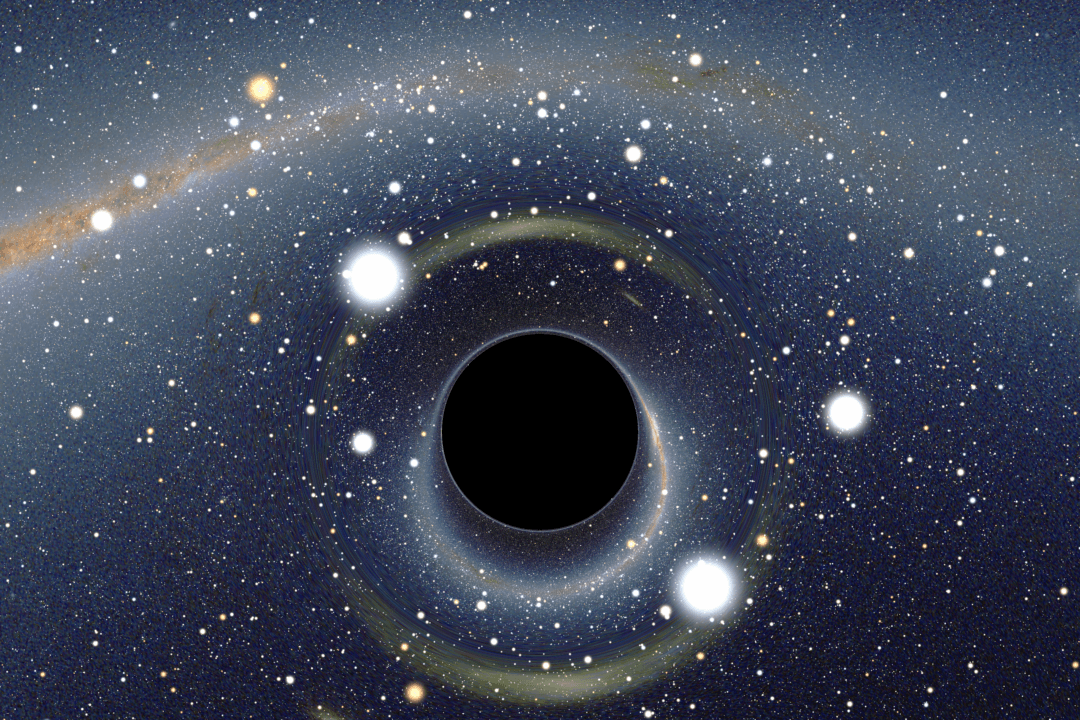Geraint Lewis
Author
CONTACT ME
Website: http://sydney.edu.au/
LATEST
Is Hawking Any Closer to Solving the Puzzle of Black Holes?
Stephen Hawking said something! And again the international media is all a'buzz.
|
Hidden in Plain Sight: The Milky Way’s New Companions
When we think of cosmology, we often imagine the largest telescopes peering into the deepest space, collecting the feeble light from exploding stars or the first galaxies.
|
Dark Matter and the Milky Way: More Little Than Large
While invisible, dark matter completely dominates our Milky Way. But recent measurements of just how much dark matter there is have revealed a bit of a mystery. In a paper published today in the Astrophysical Journal, we show that the galaxy is a whole lot skinnier than previously thought.
|
Where’s the Proof in Science? There Is None
As an astrophysicist, I live and breathe science. Much of what I read and hear is couched in the language of science which to outsiders can seem little more than jargon and gibberish. But one word is rarely spoken or printed in science and that word is “proof”. In fact, science has little to do with “proving” anything.
|
Cosmic Radiation: the Dawn of New Physics or Statistical Slip-Up?
Recent observations suggest that there is something not quite right with our view of our universe – that something is skewing our view of the oldest radiation arriving at our telescopes.
|
A Cosmic Two-Step: The Universal Dance of the Dwarf Galaxies
Over the last few years we’ve been studying the orbits of dwarf galaxies and we expecting to find them buzzing at random around large galaxies. But looking out into the universe...
|
Have Cosmologists Lost Their Minds in the Multiverse?
The recent BICEP2 observations – of swirls in the polarisation of the cosmic microwave background – have been proclaimed as many things, from evidence of the Big Bang and gravitational waves to something strange called the multiverse.
|
Darwin Meets Newton: Evolution and the Mass of the Galaxy
If the solution to a problem does not reveal itself straight away then why not let your initial guesswork evolve?
|
Cosmic Dance Challenges Our Understanding of Universe
Deep images of the sky reveal that the universe contains billions of galaxies. Some, such as our own Milky Way, are immense, containing hundreds of billions of stars. Most galaxies, however, are dwarfs, being much smaller and with only a few billion stars.
|
Alert: You May Be Living in a Simulated Universe
We are always limited by the power of computing, but as computers get bigger and faster, so does the detail within our synthetic universes.
|
Is Hawking Any Closer to Solving the Puzzle of Black Holes?
Stephen Hawking said something! And again the international media is all a'buzz.
|
Hidden in Plain Sight: The Milky Way’s New Companions
When we think of cosmology, we often imagine the largest telescopes peering into the deepest space, collecting the feeble light from exploding stars or the first galaxies.
|
Dark Matter and the Milky Way: More Little Than Large
While invisible, dark matter completely dominates our Milky Way. But recent measurements of just how much dark matter there is have revealed a bit of a mystery. In a paper published today in the Astrophysical Journal, we show that the galaxy is a whole lot skinnier than previously thought.
|
Where’s the Proof in Science? There Is None
As an astrophysicist, I live and breathe science. Much of what I read and hear is couched in the language of science which to outsiders can seem little more than jargon and gibberish. But one word is rarely spoken or printed in science and that word is “proof”. In fact, science has little to do with “proving” anything.
|
Cosmic Radiation: the Dawn of New Physics or Statistical Slip-Up?
Recent observations suggest that there is something not quite right with our view of our universe – that something is skewing our view of the oldest radiation arriving at our telescopes.
|
A Cosmic Two-Step: The Universal Dance of the Dwarf Galaxies
Over the last few years we’ve been studying the orbits of dwarf galaxies and we expecting to find them buzzing at random around large galaxies. But looking out into the universe...
|
Have Cosmologists Lost Their Minds in the Multiverse?
The recent BICEP2 observations – of swirls in the polarisation of the cosmic microwave background – have been proclaimed as many things, from evidence of the Big Bang and gravitational waves to something strange called the multiverse.
|
Darwin Meets Newton: Evolution and the Mass of the Galaxy
If the solution to a problem does not reveal itself straight away then why not let your initial guesswork evolve?
|
Cosmic Dance Challenges Our Understanding of Universe
Deep images of the sky reveal that the universe contains billions of galaxies. Some, such as our own Milky Way, are immense, containing hundreds of billions of stars. Most galaxies, however, are dwarfs, being much smaller and with only a few billion stars.
|
Alert: You May Be Living in a Simulated Universe
We are always limited by the power of computing, but as computers get bigger and faster, so does the detail within our synthetic universes.
|










